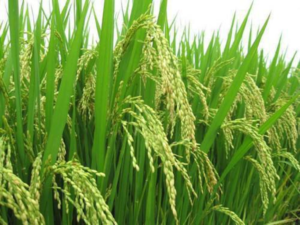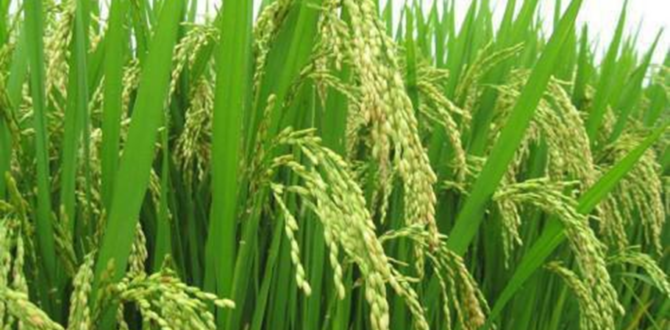BY NDIMUH B. SHANCHO
The Cameroon Government has signed a-five-year agreement with the Japanese Government to support agro-industrial firms boost the quality of rice production in the South, East, Centre and North West regions of Cameroon.

The agreement to the tune of FCFA 1 billion was signed, August 20, 2019, in Yaounde. The Minister of Economy, Planning and Regional Development Alamine Ousmane Mey, signed on behalf of the Cameroon Government in the presence of his Agriculture and Rural Development counterpart, Gabriel Gabriel Mbairobe, while the Japanese Ambassador to Cameroon, Tsutomu OSAWA, signed on behalf of his Government.
Speaking shortly after the signing of the agreement, Minister Mey said “ rural development and agriculture is one of the key areas where our cooperation is to be commended because Japan has placed a huge resource grant this time around, the some of fcfa 1 billion. This helps our population increase productivity in term of rice production and their capacity to supply the local and sub-regional market”.
The MINEPAT boss highlighted the nature of support to be given to agro-industrial firms. ‘This Will be through equipment which will be put at their disposal, expertise from Japan to help them improve on their yield of rice production and at the end of the day, it’s about their revenue. Once it has been brought to a level that is satisfactory, they will be able to sell more, get more revenue, and improve on their living condition. This is a key for the development of our nation,” he furthered.
With this agreement, it is hoped that rice production in Nkolbisson in the Centre Region, Ebolowa in the South, Batouri in the East and Ndop in the North West, which has been on the decline, will increase.
Rice cultivation in Cameroon can be traced as far back as the colonial era. Since independence, Cameroon has enjoyed better rates of growth in the rice sector than most other countries. Pundits say the record, however, is one of stability rather than growth. The production showed a spectacular evolution during the period from 1960 to 1985, in terms of cultivated areas and grain yields.
However, rice prices dropping in the nineties, followed by an economic crisis and the devaluation of the local currency, the CFA in 1994, Cameroon went from self-sufficiency in rice production to dependence on imports and, eventually, food aid. The support to irrigated rice production has been greatly reduced during the recent past. One also observed a decline in fertilizers, pesticides and tractors use, poor input responsiveness of local varieties and slow release of improved varieties.
Today, rice production is almost in the hands of the smallholder or peasant sector which produces an overwhelming 93% of total output. In 2005, the production supplied only 13% of Cameroonian consumption. Since the difference in demand is made up of imports which are continually increasing, special attention needs to be given to developing rice production in the country.







